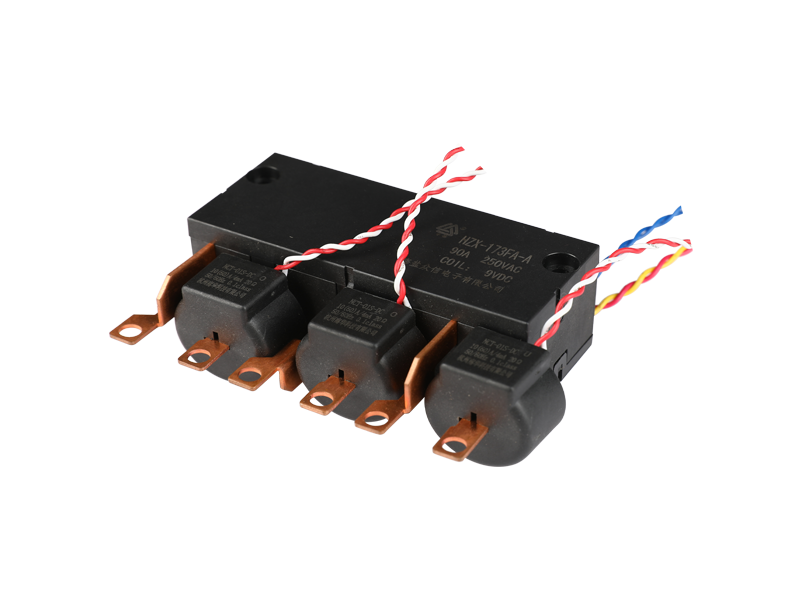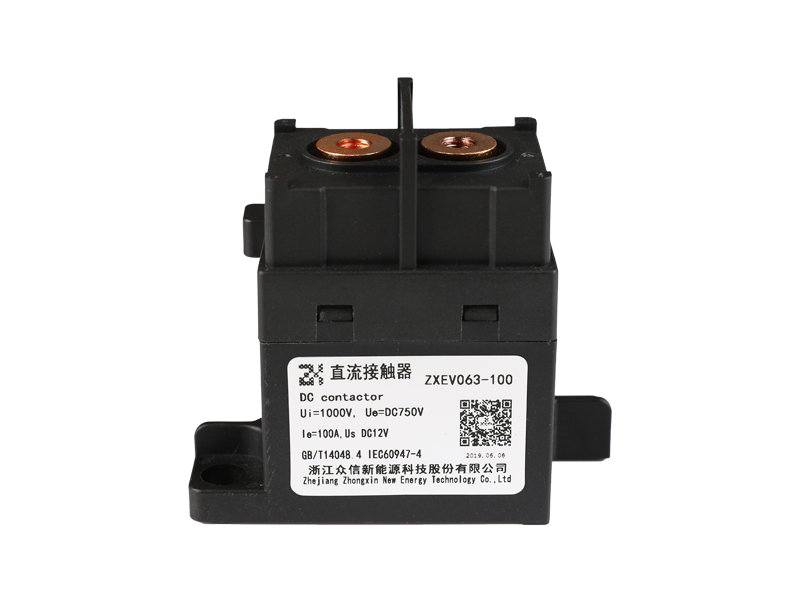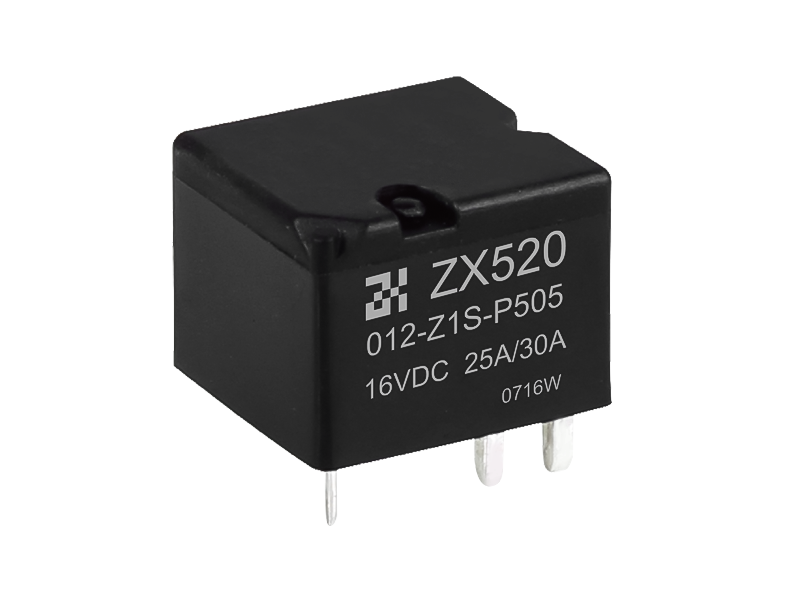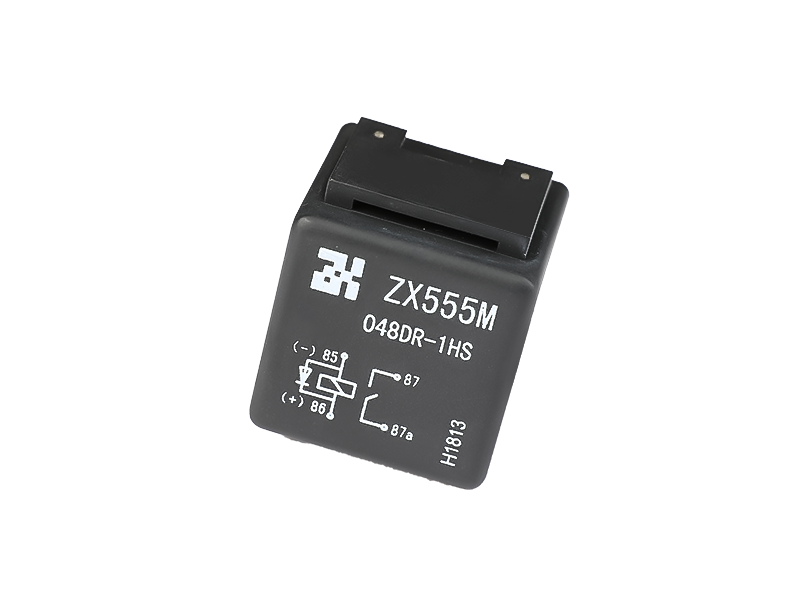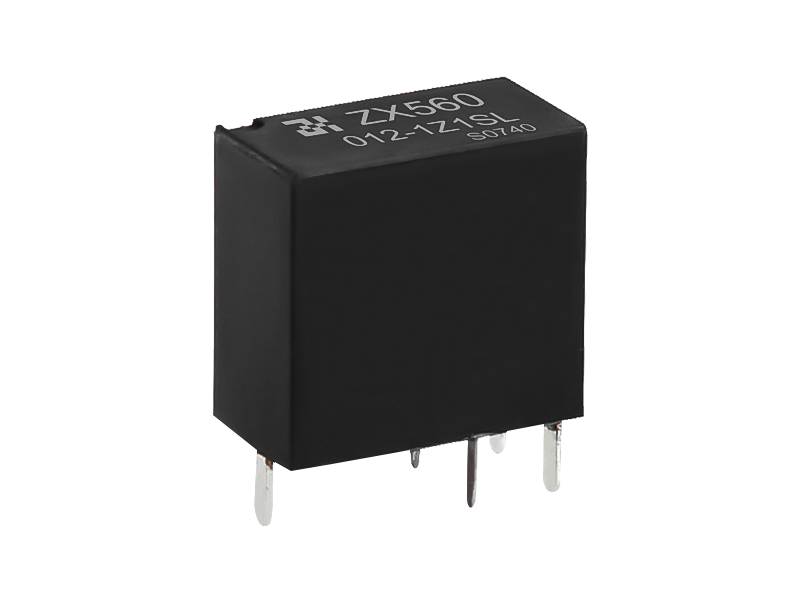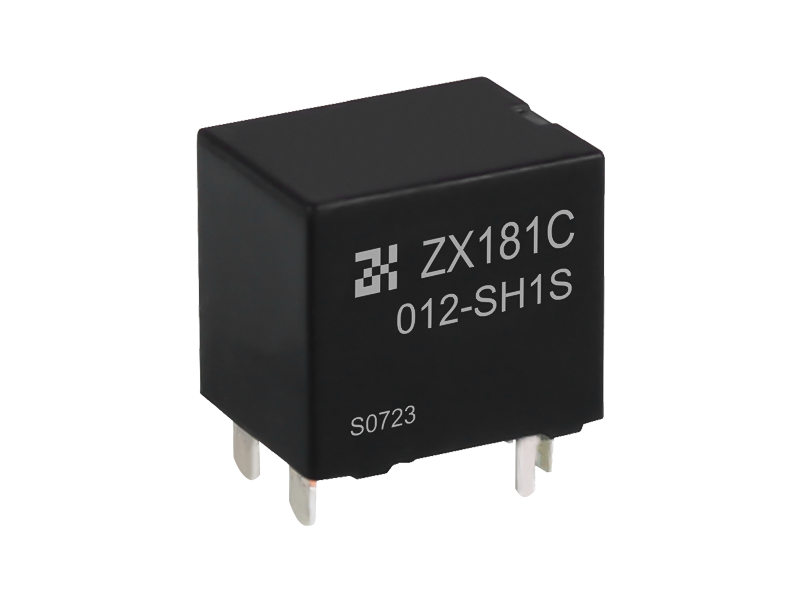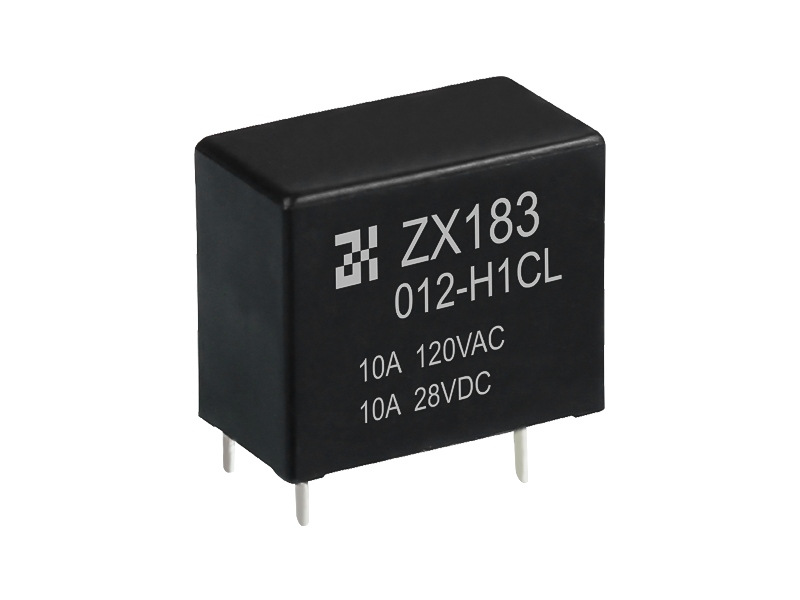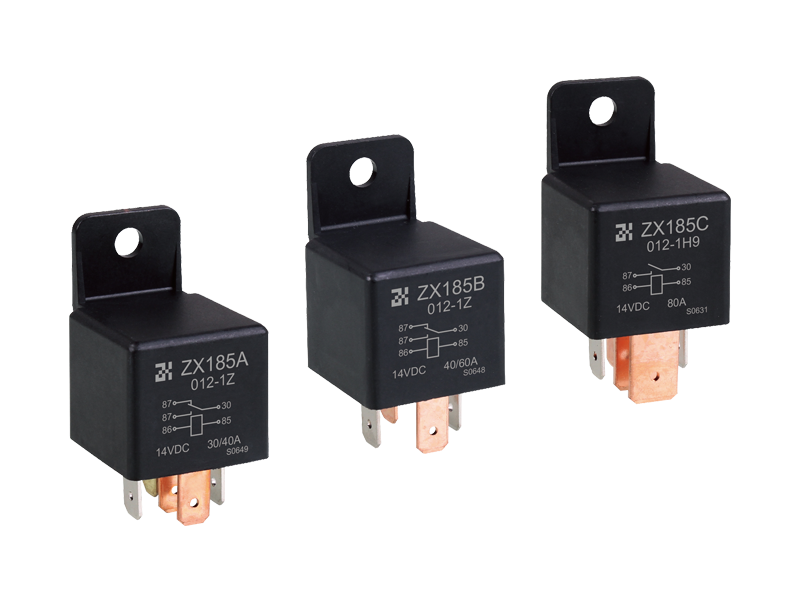Ceramic High Voltage Direct Current (HVDC) contactors offer several advantages over traditional contactors made from other materials such as metal or composite materials. HVDC contactors are specifically designed to handle high voltage and current levels, making them ideal for applications in HVDC systems. Here are some of the advantages of using Ceramic HVDC contactors:
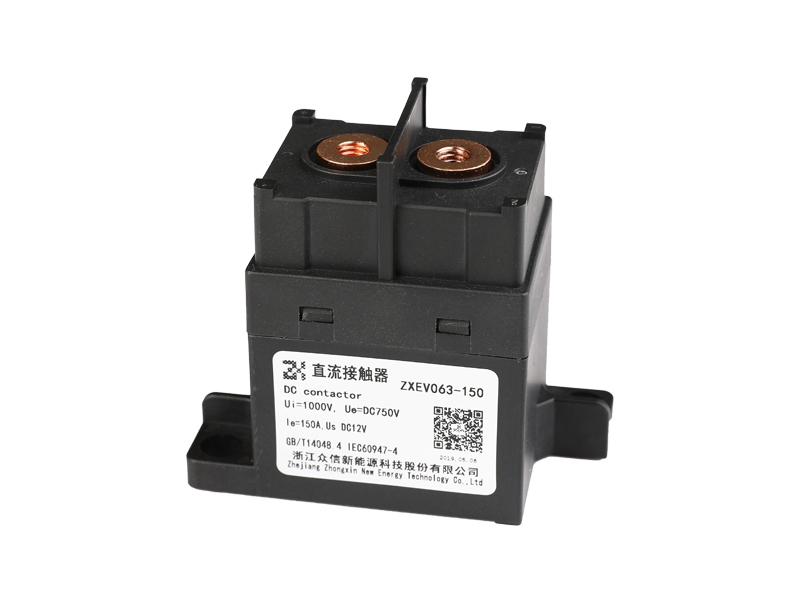
High Voltage Handling Capability: Ceramic materials have excellent electrical insulation properties, allowing them to withstand high voltages without breakdown. This makes ceramic contactors suitable for HVDC applications, where voltages can range from several kilovolts to megavolts.
Low Electrical Resistance: Ceramic materials exhibit low electrical resistance, which is critical in high-power applications. Low resistance helps minimize energy losses and ensures efficient power transmission.
High Current Capacity: HVDC systems often carry large currents, and ceramic contactors are designed to handle these high current levels without overheating or deteriorating.
Thermal Stability: Ceramics have excellent thermal stability, enabling them to operate reliably in high-temperature environments. HVDC systems can generate significant heat during operation, and ceramic contactors can withstand these conditions.
Long Service Life: Due to their high electrical and thermal resistance, ceramic contactors tend to have a longer service life compared to other materials, reducing maintenance needs and increasing overall system reliability.
Compact Design: Ceramic materials can be molded into complex shapes, allowing for the design of compact contactors. This is particularly advantageous in HVDC systems, where space optimization is crucial.
Corrosion Resistance: Ceramics are highly resistant to chemical corrosion and environmental degradation. This characteristic makes them suitable for use in challenging conditions, such as offshore HVDC installations.
Reduced Electrical Noise: Ceramic materials are excellent in dampening electrical noise, contributing to smoother operation and reduced electromagnetic interference.
Environmentally Friendly: Ceramics are generally considered environmentally friendly materials due to their natural abundance and recyclability.
Arc-Quenching Properties: Ceramic materials have inherent arc-quenching properties, reducing the risk of electrical arcing and enhancing the safety of HVDC systems.
It's important to note that while ceramic HVDC contactors offer significant advantages, they may also have limitations, such as cost and mechanical fragility. Therefore, their design and implementation should be carefully considered based on the specific requirements of the HVDC application. Additionally, the continuous advancement of materials science may lead to further improvements and refinements in contactor technologies over time.


